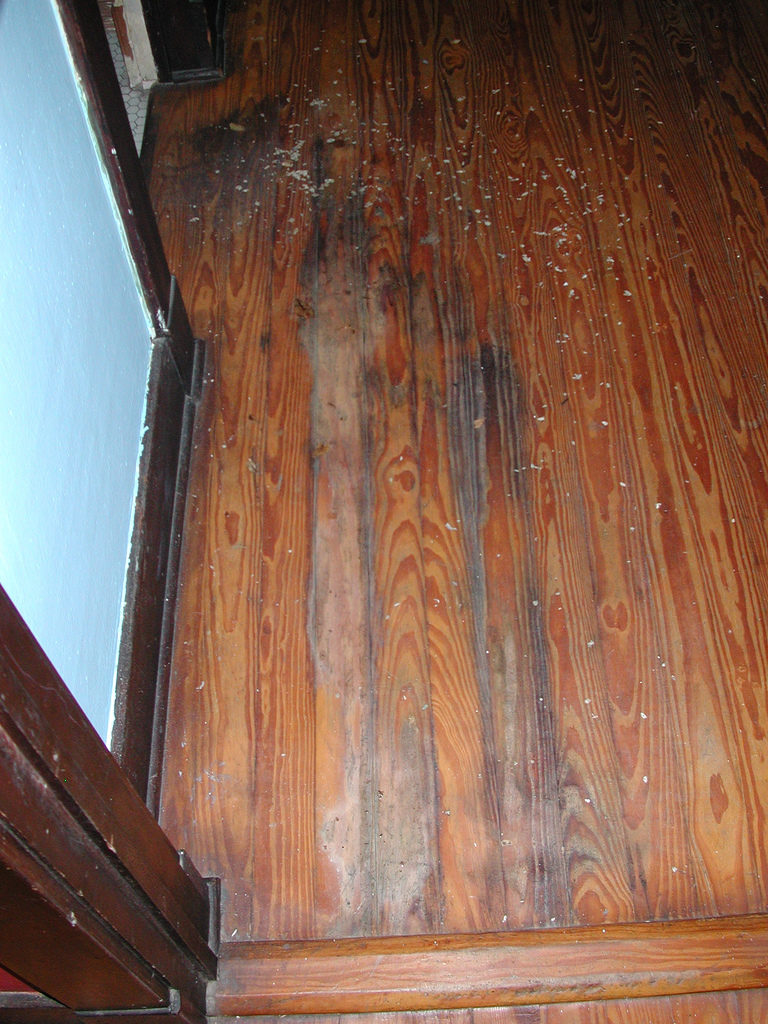What is Irreplaceable If There is Flood or Water Damage?
What is Irreplaceable If There is Flood or Water Damage? When you apply for renter’s insurance (because you need to be prepared for water damage if you are a renter) or homeowner’s insurance you may see the term “irreplaceable items” on the policy. You might also see advice given on how to protect your “irreplaceable …
What is Irreplaceable If There is Flood or Water Damage? Read More »


